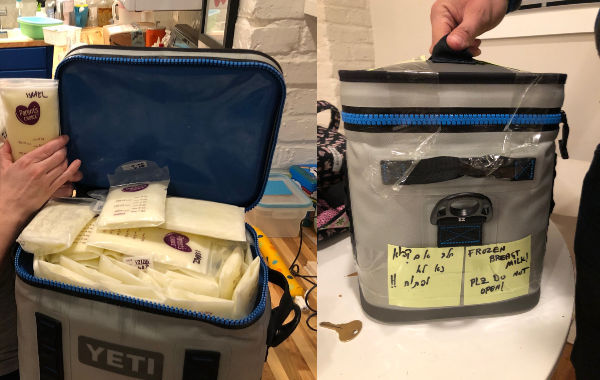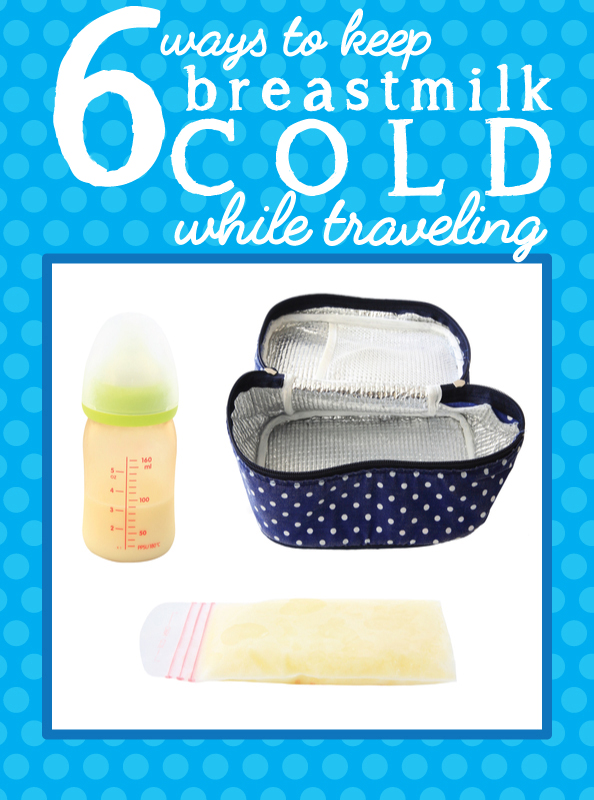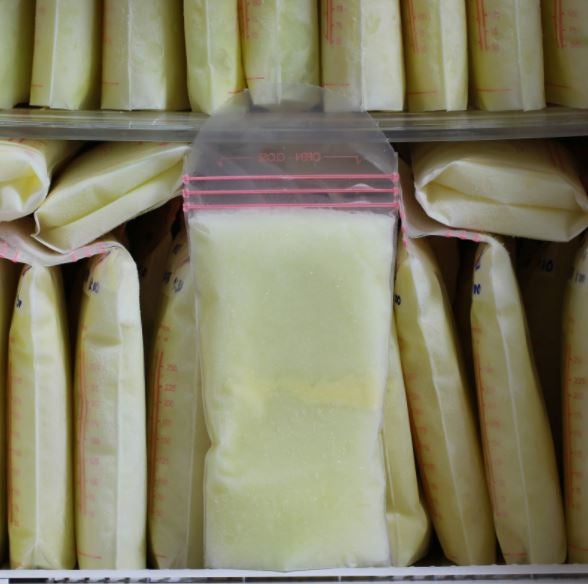As a new parent, the thought of traveling with your little one can be both exciting and daunting. For breastfeeding mothers, ensuring that your baby’s nutrition is maintained during your travels can add an extra layer of complexity, especially when it comes to transporting frozen breast milk by car. Having faced this challenge myself, I’ve compiled a detailed guide filled with tips, personal anecdotes, and essential practices to make your journey smoother. So buckle up, and let’s dive in!
Understanding the Importance of Safe Milk Transportation
Frozen breast milk is a precious resource for nursing mothers, and safely transporting it is crucial. The primary concern is keeping the milk at a safe temperature to prevent spoilage. Breast milk should ideally be stored at temperatures below 0°F (-18°C) to maintain its nutritional value.
What You Need to Know About Breast Milk Storage
Breast milk can be stored in various ways: fresh, refrigerated, and frozen. Here’s a quick breakdown:
- Fresh Breast Milk: Can be kept at room temperature for up to 4 hours.
- Refrigerated Breast Milk: Safe for up to 4 days in the fridge (at 32°F – 39°F).
- Frozen Breast Milk: Best stored in a deep freezer for up to 6-12 months.
Planning Your Trip: Things to Consider
Before you hit the road, planning ahead can save you a lot of hassle. Here are some considerations:
Choosing the Right Vehicle
Ensure your car has enough space for your family and all the essential items needed for traveling with an infant, including a cooler for the milk. If possible, choose a vehicle with climate control to maintain a consistent temperature.

Deciding on Your Duration of Travel
Consider how long your journey will take. For trips exceeding four hours, you will need to prepare more extensively to ensure the milk remains frozen.
Creating a Packing List
Here’s a sample packing list for traveling with frozen breast milk by car:
- Cooler with ice packs
- Breast milk storage bags or bottles
- Breast pump (if needed)
- Feeding equipment for your baby
- Hand sanitizer
- Disposable or washable wipes

Best Practices for Transporting Frozen Breast Milk
Using an Insulated Cooler
An insulated cooler is essential when traveling with frozen breast milk. Below is a comparison of some popular coolers available on the market:

| Cooler Brand | Capacity | Rating | Price | Features |
|---|---|---|---|---|
| YETI Hopper Flip 12 | 12 cans | 4.9/5 | $299.99 | Leakproof, Weather-resistant, Durable |
| Igloo Marine Ultra | 54 quarts | 4.7/5 | $89.99 | UV protection, Built-in cup holders |
| Melinta Portable Soft Cooler | 24 cans | 4.5/5 | $39.99 | Lightweight, Waterproof, Adjustable strap |
Personal Review
On our last road trip, we opted for the YETI Hopper Flip 12, and let me tell you, it was a game changer. The cooler kept our breast milk frozen solid for over eight hours, even on a hot summer day. Highly recommend!

Preparing the Milk for Travel
To prepare the milk for transport:
- Freeze the breast milk in small amounts (2-4 ounces) to make it easier to thaw and avoid waste.
- Label the bags with the date and time of expression.
- Ensure all containers are sealed well to prevent spills.
Maintaining Temperature During Your Journey
Keep your cooler in the backseat or trunk of your car, where temperatures are more stable. If your journey will take longer than four hours, consider stopping every couple of hours to check the ice packs and replace them as needed.

Travel Tips for Parents on the Go
Plan for Frequent Stops
Traveling with a baby means being flexible. Plan frequent stops to feed and change your baby. Use these breaks to check on your milk as well.
Pack for Comfort
Bring along blankets, toys, and your baby’s favorite items to keep them comfortable during the ride.

Keep Your Baby Entertained
Having some travel-friendly toys or a soothing playlist can help keep your baby entertained during the journey.
Destination Highlights: Family-Friendly Stops Along the Way
Planning your route can include some family-friendly stops to break up the journey:

Great National Parks
- Yellowstone National Park: Known for its stunning landscapes and abundant wildlife, it’s a great rest stop for families.
- Yosemite National Park: Marvel at the iconic Half Dome and Yosemite Falls, with plenty of picnic areas for breaks.
Historic Towns
- Gettysburg, PA: Famous for its Civil War history, families can explore the battlefield and enjoy guided tours.
- Salem, MA: Known for the witch trials, it’s both historical and entertaining with plenty of family-friendly activities.
Pros and Cons of Traveling with Frozen Breast Milk
Pros
- Ensures your baby has access to nutrition during travel.
- Allows for flexibility in feeding times.
- Frozen breast milk retains valuable nutrients.
Cons
- Requires careful planning and monitoring of temperature.
- Potential for complications if the milk thaws.
- Can be cumbersome with multiple bags and coolers.
Frequently Asked Questions (FAQs)
How long can frozen breast milk be kept in a cooler?
Frozen breast milk can be kept in a cooler with ice packs for about 24 hours, but it’s best to keep it frozen as long as possible.
What should I do if my breast milk thaws during travel?
If your breast milk has thawed, it should be used within 24 hours and should not be refrozen. Keep a close eye on the milk to avoid waste.
Can I travel with thawed breast milk?
Yes, but thawed breast milk should not be refrozen. It can be safely stored in the refrigerator for up to 24 hours.
What are the legal regulations for transporting breast milk across state lines?
Generally, transporting breast milk is legal, but regulations can vary. It’s advisable to check local laws regarding breastfeeding rights, especially in public areas.
Conclusion: Hitting the Road with Confidence
Traveling with frozen breast milk by car doesn’t have to be a daunting task. By preparing adequately and following the tips provided in this guide, you can ensure that your journey is both enjoyable and nourishing for your baby. Remember, every trip is an opportunity to create memories, so embrace the experience and enjoy the ride!